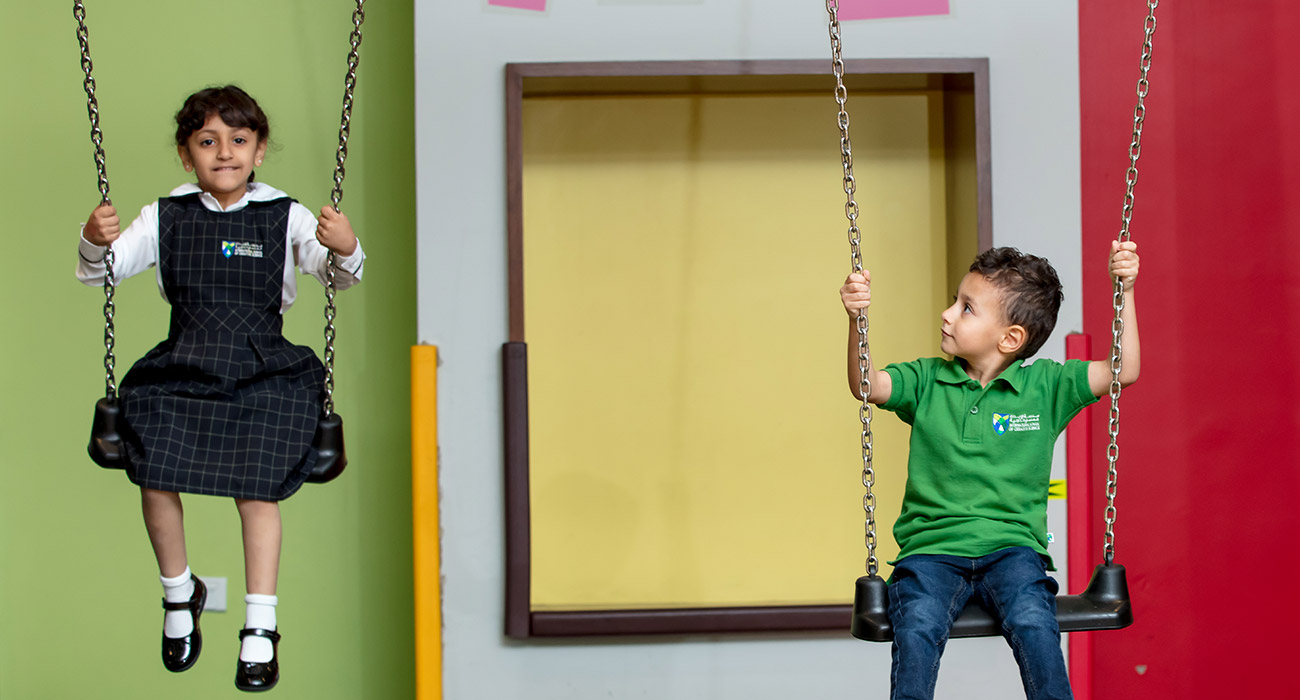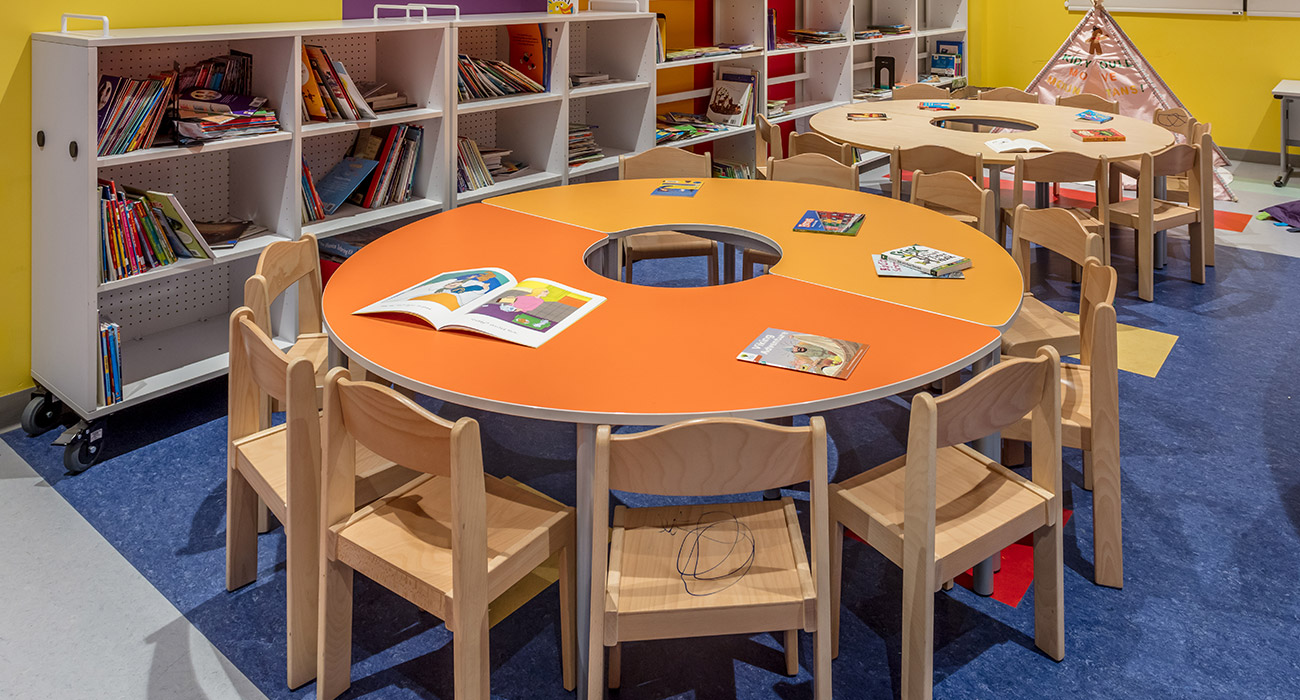
How effective questioning benefits students

Question-and-answer sessions are a common part of teacher-student interaction and there are several ways of maximizing their educational value. When effectively conducted, Q&A rounds not only give teachers valuable feedback about how much students have retained from their lessons but also instill critical thinking, confidence, and curiosity.
One of the first rules of effective questioning is to be as inclusive as possible. A recommended method for enhancing a discussion’s inclusivity is the ‘no-hands rule’, whereby any student may be called on to answer the question.
When responses are elicited from multiple students, it leads to a richer, more meaningful discussion and provides an opportunity for even the shyest of students to speak up.
The no-hands rule also has the added benefit of allowing students to think for a longer period about a query. When hands are raised, students tend to quickly settle on an answer and stick to it. When any student can be called on at any time, they are more likely to keep thinking and reformulating their answer until it’s their time to speak.
Another principle of effective questioning is to allow students time to respond to a question.
Generally, teachers don’t wait longer than a second before answering a question they posed to their students. However, when teachers wait from three to five seconds, it’s found that students give responses that are longer, more diverse, and delivered with more confidence. However, it’s important to explain to students that they will be given time to think before answering because many find the silence unusual for a classroom environment and therefore confusing or unsettling.
Finally, another method of effective questioning is refraining from judging the students’ responses immediately.
When teachers immediately indicate their approval or disapproval of a student’s response, it tends to skew the discussion in accordance with those cues. In order to keep a classroom discussion as diverse as possible, teachers can keep widening the scope of discussion with gentle encouragement such as “Thank you for that; it’s really interesting. What other ideas do people have?” This will allow alternative ideas to come to the fore.
The questioning strategies discussed above can elevate a standard classroom discussion from simple checks of knowledge to activities that develop students’ abilities in a more holistic manner.










